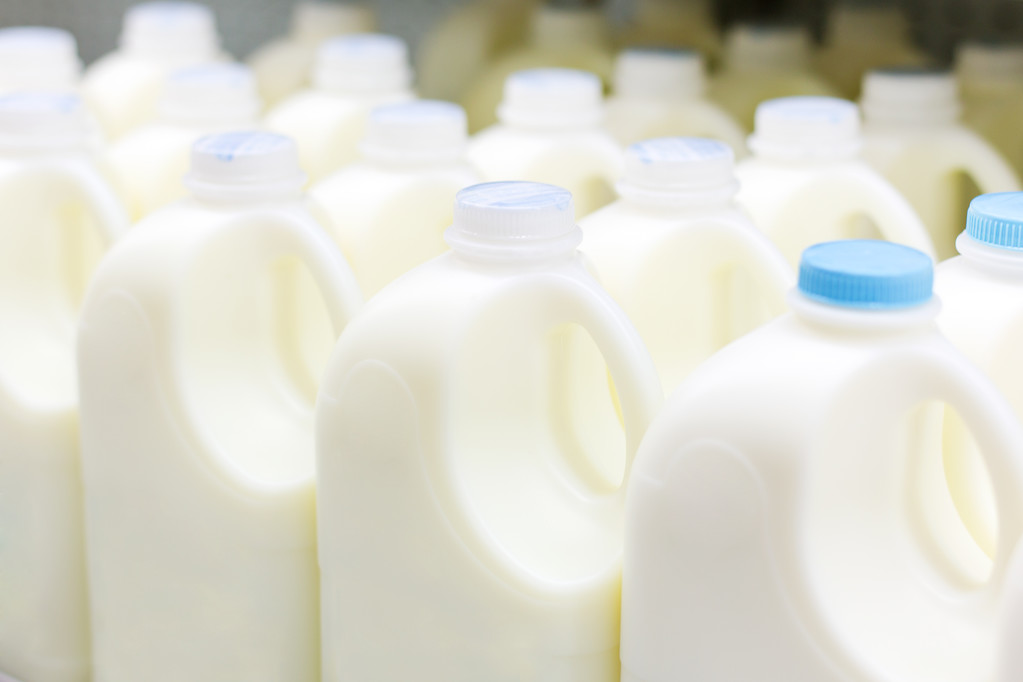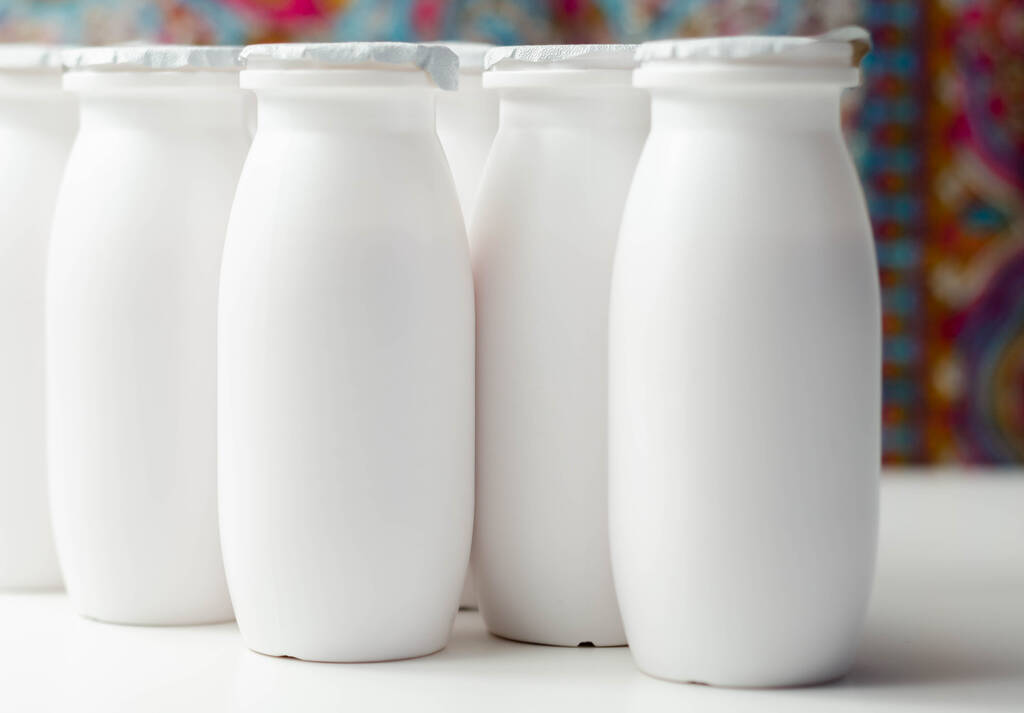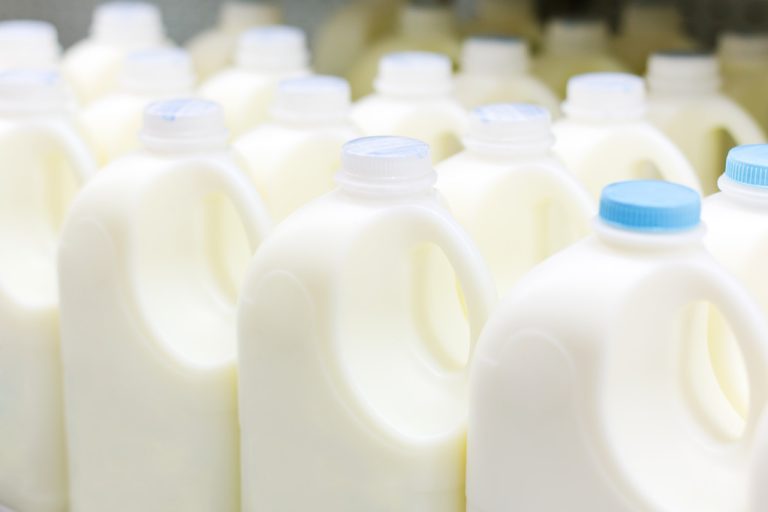You can freeze milk if you don’t need it in the next few days or if you have a lot in stock.
Freezing milk: when does it make sense?
The popular UHT milk is ultra-high temperature, homogenized milk. Since it can be stored unopened for several months without refrigeration, it is no longer common to freeze milk. That wasn’t always the case: before UHT milk was introduced, it was more common to freeze milk to preserve it longer.
With UHT milk, this only makes sense if you have already opened the pack and cannot use the rest of the milk within a few days – for example if you rarely drink milk or if you go on vacation.
The situation is different with fresh milk (“traditionally produced”), which has only been heated to 72 to 75 degrees Celsius: This also belongs in the refrigerator unopened and can only be kept there for seven to ten days.
The so-called ESL milk (“fresh milk, longer lasting”) was heated to 127° C and can be kept unopened for three weeks. So if you have more fresh milk in stock than you need, you can freeze it and make it last longer.
Finally, there is raw milk, which is consumed less these days: it is unheated, untreated milk. This is perishable and should be used up as soon as possible. If you keep cows, goats or sheep yourself, you can freeze raw milk to preserve it without pasteurizing it first.
Disadvantages of frozen milk
Depending on which milk you use, the consistency will change as a result of the freezing process:
When freezing, the fats separate from the protein molecules in the liquid. The result: the fat settles at the bottom of the container, while the liquid above is very watery. In principle, the following applies: the higher the fat content of the milk, the more it settles.
Since all milk (except raw milk) is homogenized, this effect is not as strong: During the homogenization, the milk fat droplets are significantly broken up, which is why they mix better with the liquid.
You can counteract this fat-protein separation by shaking the milk vigorously before freezing. After you have thawed them, you should definitely shake them vigorously again.
Also, milk loses some of its flavor when it freezes. Therefore, frozen milk that has been thawed again is better suited for baking and cooking than for drinking on its own or with muesli.
Freezing milk: step-by-step instructions
If you want to freeze milk, you should consider a few points. This is the best way to go about it:
Choose a suitable container in which you want to freeze the milk: You can simply use the milk carton for this. Of course you can also use a plastic bottle. However, (thick-walled) glass vessels are more sustainable. The danger here: Since the milk expands when it freezes, the bottle can burst under pressure.
For this reason, do not fill the vessel to the brim. This is particularly important for solid containers made of glass or hard plastic. Instead, leave at least 1/5 of the container free as a precaution. Then you can also use (thick-walled) glass containers without any problems. Label the container with the current date. This way you can later see when you froze the milk and how long it can be kept. Info: Milk keeps for about three months in the freezer.
Place the container in the freezer. Glass jars in particular should first be placed in the freezer with the lid open and only closed when the milk is completely frozen. This will ensure that the jar does not burst.
Shelf life: Frozen milk can be kept for up to three months. It should also remain edible beyond that, but it can lose its taste. After thawing, you should use the milk in a maximum of five days. If it was already open for a few days before freezing, this time is reduced accordingly.
Milk ice cubes: Alternatively, you can also freeze the milk in portions as ice cubes. Simply fill in a suitable form. You can then thaw the frozen milk again as needed – for smoothies, for example. In addition, ice cubes also thaw faster than a large block.

Thaw and use frozen milk
You should never thaw frozen milk under heat – not with hot water or even in the microwave. Otherwise, the components of the milk cannot combine properly again.
Instead, you can thaw milk in two different ways:
In the fridge: The milk thaws slowly, which can take more than a day depending on the quantity.
In cold water: Put the container with the frozen milk in a cold (!) water bath. Then thawing takes from a few hours to half a day.
Important: After thawing, you should definitely shake the milk thoroughly so that the individual components combine well.
You can then use the milk as usual. However, it is only suitable for drinking to a limited extent, but it is suitable for baking and cooking. It is also advisable to add the milk, which is still very cold or slightly frozen, to smoothies – a refreshment, especially in summer.

